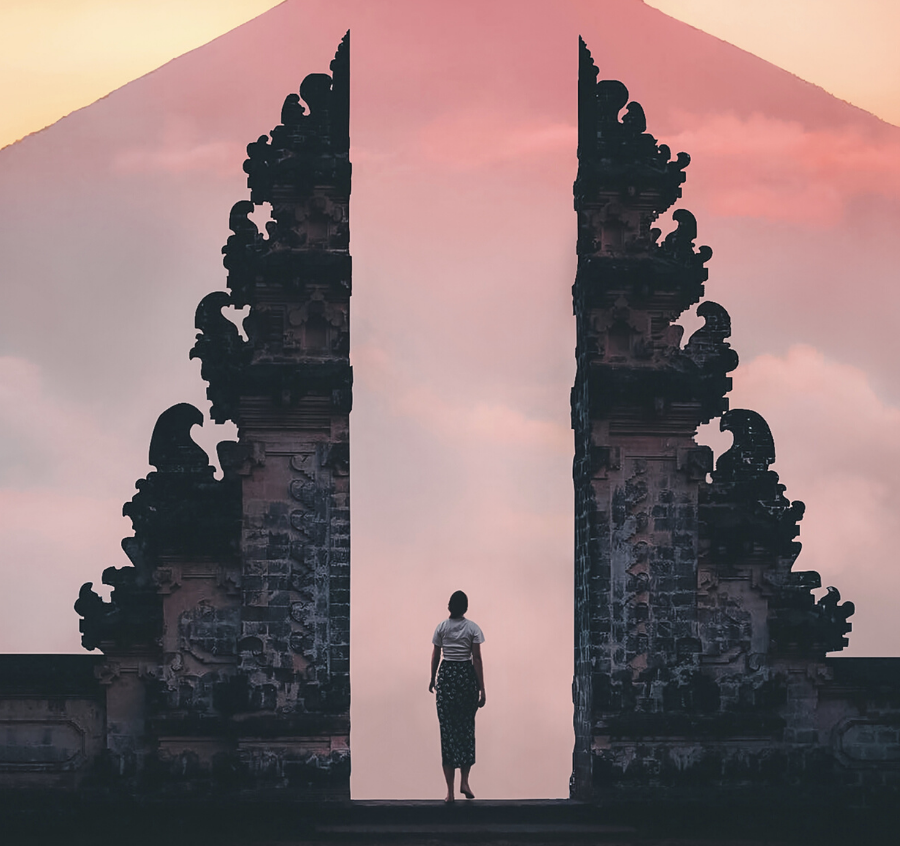Nyepi or Silent Day: Learn more about Bali’s annual day of reflection

We may be complaining about the quarantine and how it is slowing us down and switching our routines off right now. However, a whole province in Indonesia celebrates it as they stay quietly in their homes for 24 hours. They call it Nyepi, the Balinese New Year’s Day. Residents reflect on the year that ended and gear up for the one to come.

Nyepi or Silent Day: Learn more about Bali’s annual day of reflection
They commemorate Nyepi every year. According to the Balinese calendar, it fell on March 25, 2020. Residents celebrate the public holiday through a day of silence, fasting, and meditation. Usually observed from six in the morning until the same time the next morning, residents reserve the whole day for self-reflection.

Restrictions:
During the holiday, anything that might interfere with the purpose of self-reflection remains restricted. This includes lighting fires, working, entertainment or pleasure, traveling, eating, and even talking. The lights must be kept dimmed and low. These prohibitions cause Bali’s usually busy streets silent and empty. Aside from that, the only people you can see outside are the Pecalang, traditional security men patrolling the streets to ensure the restrictions are being followed.

Tourists can celebrate Nyepi, too!
Although Nyepi remains a primarily Hindu holiday, non-Hindu residents and tourists are not exempt from the restrictions. They will remain free to do as they wish inside their homes or hotels. However, the beaches, streets, and the only airport in Bali remain closed for the entire 24 hours. Pecalang only allows exemptions to emergency vehicles responding to life-threatening conditions, and pregnant women giving birth.

Nyepi Rituals
First, the Melasti Ritual
Hindus perform the Melasti Ritual three to four days beforehand in a Balinese temple called Pura. Located near the sea, the ritual purifies Arca Pratima, and Pralingga (sacred objects) belonging to several temples. Aside from that, it also requires sacred water from the sea, Pura Segara.

Second, the Bhuta Yajna Ritual
Performed to vanquish negative elements, it also creates a balance with God, Mankind, and Nature. Aside from that, it also sets to appease Batara Kala through a Pecaruan offering of live animal sacrifice. During the sunset of the Pengrupukan ceremony, it begins in the house compounds with the noisy banging of pots and pans and bamboo tubes. Burning of dried coconut leaf torches is also done to drive out demons.

Most Hindu villages in Bali make Ogoh-ogoh, demonic statues made of richly painted bamboo, cloth, tinsel, and styrofoam. This symbolizes negative elements, malevolent spirits, and/or characters from Hindu mythology. Once Hindus paraded the Ogoh-ogoh around the village, they burn it in cemeteries. Though many Ogoh-ogoh gets displayed in front of community halls for a month or more. Museums and collectors then would purchase it.

Third, the Nyepi Rituals
Once this ritual starts, the restrictions listed above should be followed.
Fourth, the Yoga/Brata Rituals
Starting at six in the morning during Nyepi, it ends until six in the morning the next day.
Fifth, the Ngemback Agni/Labuh Brata Rituals
Performing this ritual means Hindus forgiving each other and welcoming their new days ahead.
Sixth and finally, The Dharma Shanti Rituals
Performing this ritual means that the Nyepi has ended.

All photos came from Getty Images.
Read more articles from Village Pipol here.
Angela Grace P. Baltan has been writing professionally since 2017. She doesn’t hesitate to be opinionated in analyzing movies and television series. Aside from that, she has an affinity for writing anything under the sun. As a writer, she uses her articles to advocate for feminism, gender equality, the LGBTQIA+ community, and mental health among others.





